1.Guangzhou University District
In January 1928, the Ministry of Education and Research divided the country into several University Districts (namely Peiping, Jiangsu, Zhejiang, and Guangzhou), and named them after the area under their jurisdiction. One university was set up in each district and named after its location, except for the National Sun Yat-sen University (NSYSU) in Guangzhou, the name of which was determined permanently in memory of Dr. Sun Yat-sen, the Premier of the Kuomintang.
2.Teachers and students of the NSYSU supported the Northern Expedition
From April to May 1928, the Japanese deployed troops to Shandong for interference with the Northern Expedition, leading to the Jinan incident on May 3. Teachers and students of the NSYSU published an open telegram and rallied in support of the Northern Expedition and in vehement opposition to the Japanese imperialists’ aggression.
3.Defining the educational policy of “Three People’s Principles” to introduce the plan for saving the country
In May 1928, the NSYSU attended the National Education Conference and put forward that the proposal to “define the educational policy of ‘Three People’s Principles’ to introduce the plan for saving the country”, giving a distinct explanation of educational policy.
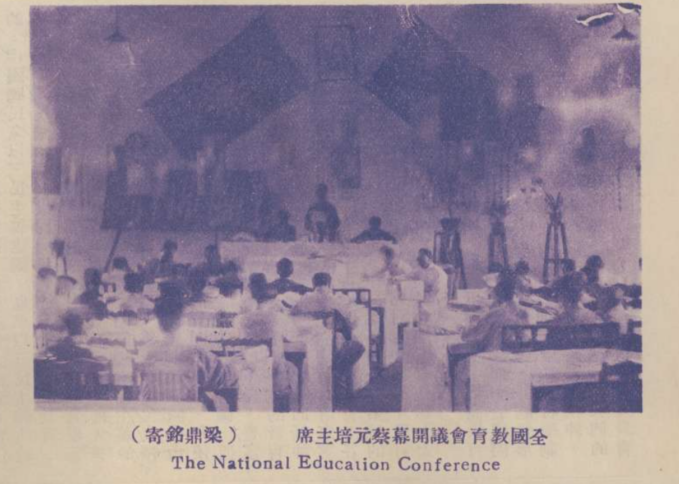
Photo: Scene of the National Education Conference
4.Organizing the investigation of the Xisha Islands (Paracel Islands)
On May 22, 1928, after Japanese merchants had encroached on the Xisha Islands’ mineral resources, the Guangzhou Sub-Political Council of the Central Political Council of Kuomintang appointed Shen Pengfei, Head of the College of Agriculture of the NSYSU, as the Chairman of the Preparatory Committee of investigating the Xisha Islands. Following Shen’s lead, the committee launched a sixteen-day investigation of the Xisha Islands in the South China Sea, forming the Reports on the Investigation of the Paracel Islands of more than 130 pages. On July 2 the same year, the 116th Meeting of the Guangzhou Sub-Political Council passed the resolution to have the Xisha Islands’ mineral resources allocated to the NSYSU to see to their management and exploitation. In effect, the NSYSU exercised the right of supervision and sovereignty over the Xisha Islands on behalf of the country.
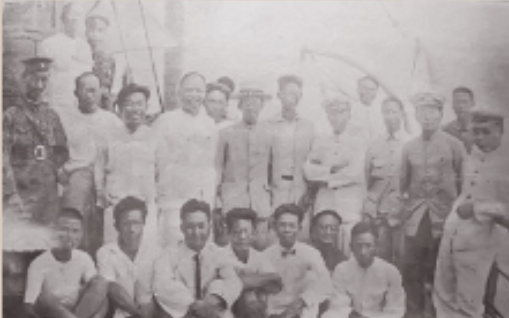
Photo 1: Group photo of the team members heading for the investigation of the Xisha Islands
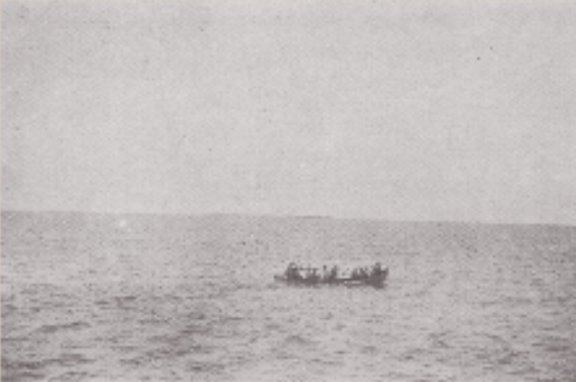
Photo 2: Research team members set off for Duncan Island by boat
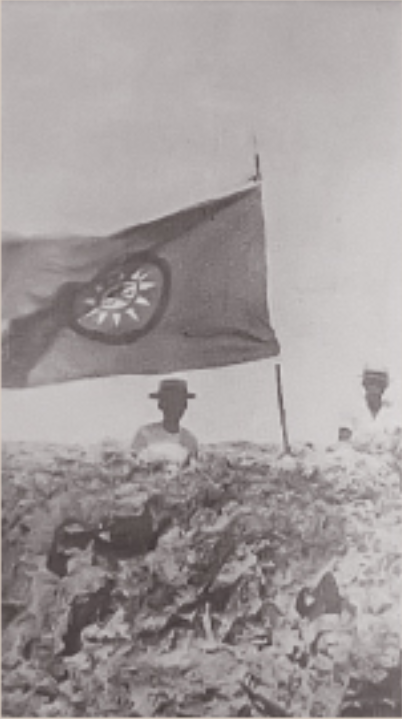
Photo 3: On May 29, 1928, the flag of the NSYSU was planted on the island. Under the flag stood Professor Ding Ying
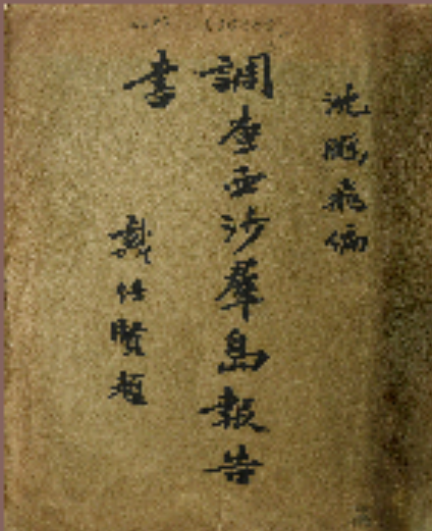
Photo 4: Reports on the Investigation of the Paracel Islands by Professor Shen Pengfei (1929)
5.Organizing the ethnographic investigation in Yunnan for the first time
In July 1928, S. M. Shirokogoroff and Rong Zhaozu, professors at the NSYSU, together with Yang Chengzhi, the assistant, launched an ethnographic investigation in Yunnan for the first time.
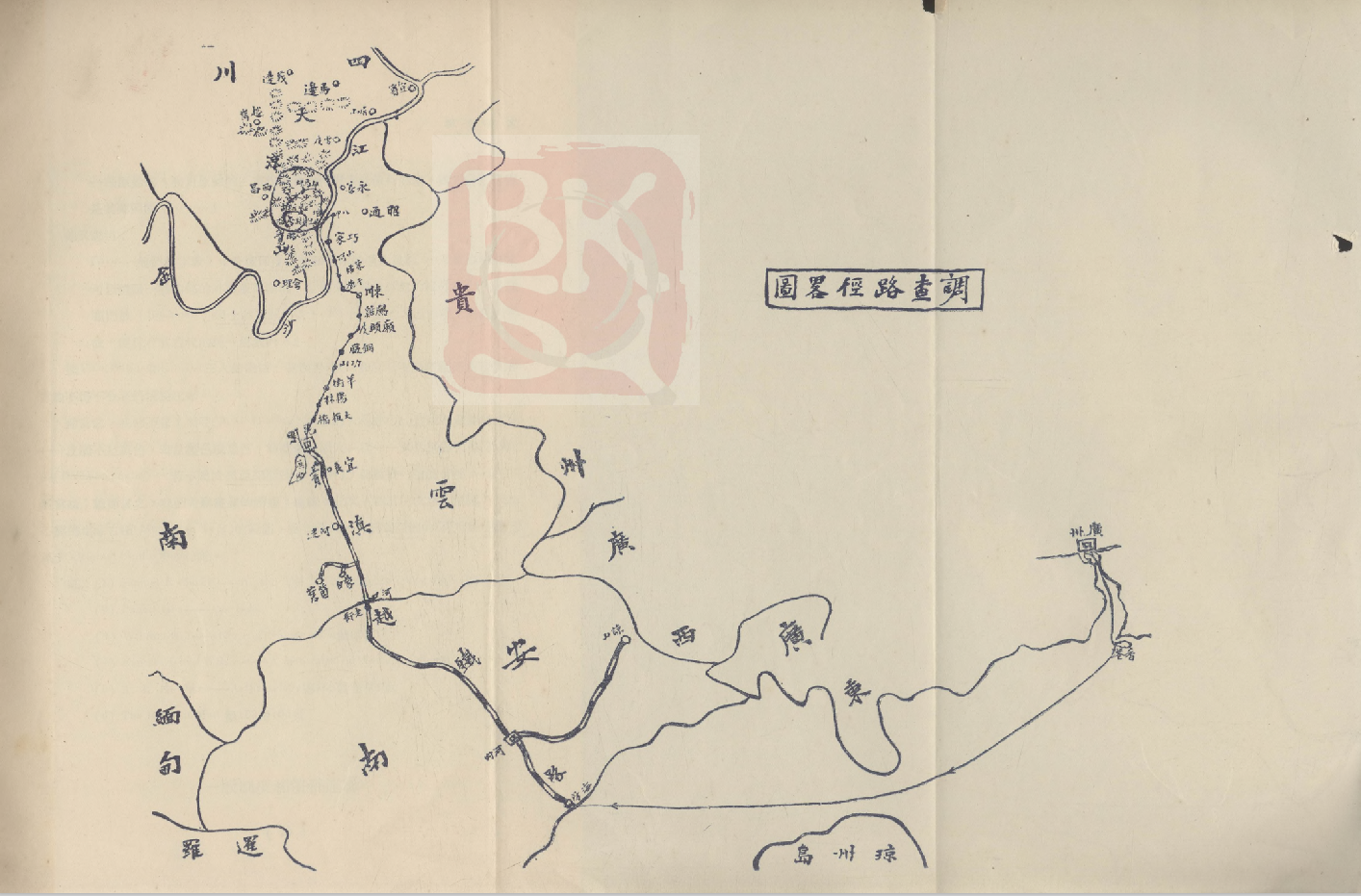
Photo: Sketch map of the investigation routes
6.Social Sciences Review started its publication
In November 1928, the School of Law of the NSYSU started the publication of the Social Sciences Review.

<span style="font-size: 14px;"Photo: First issue of the Social Sciences Review
7.The Archaeological Society of the Institute of Philology and History
In December 1928, the Archaeological Society of the Institute of Philology and History was set up, with Professor Shang Chengzuo as the head.
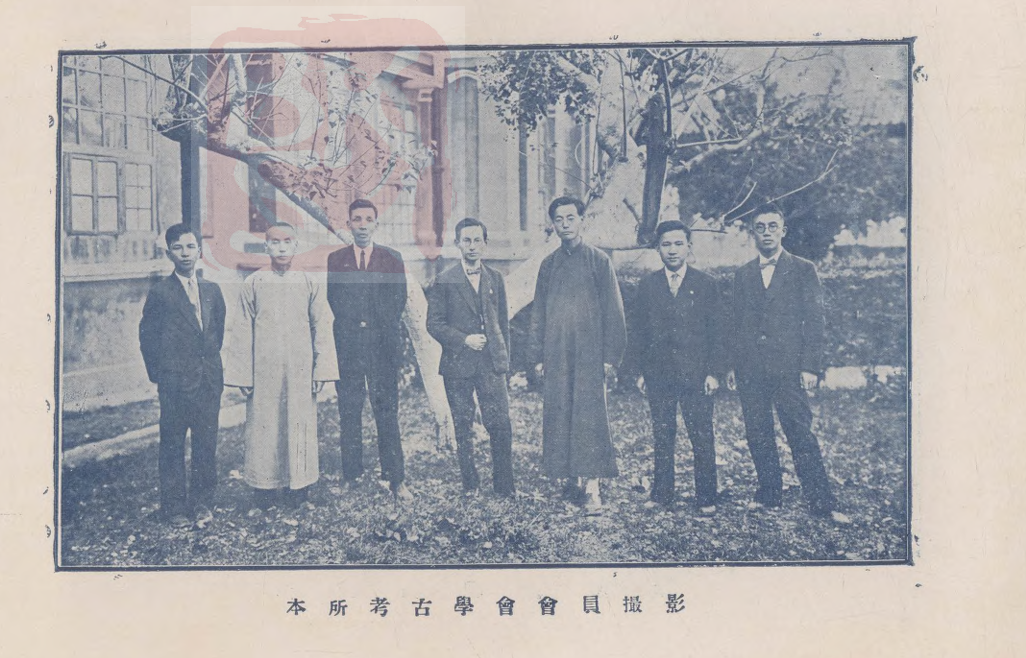
Photo: Members of the Archaeological Society


